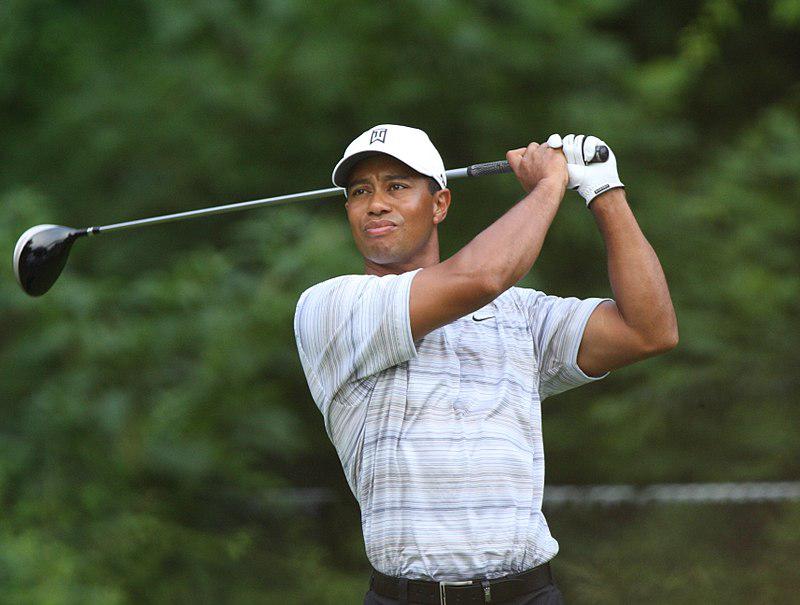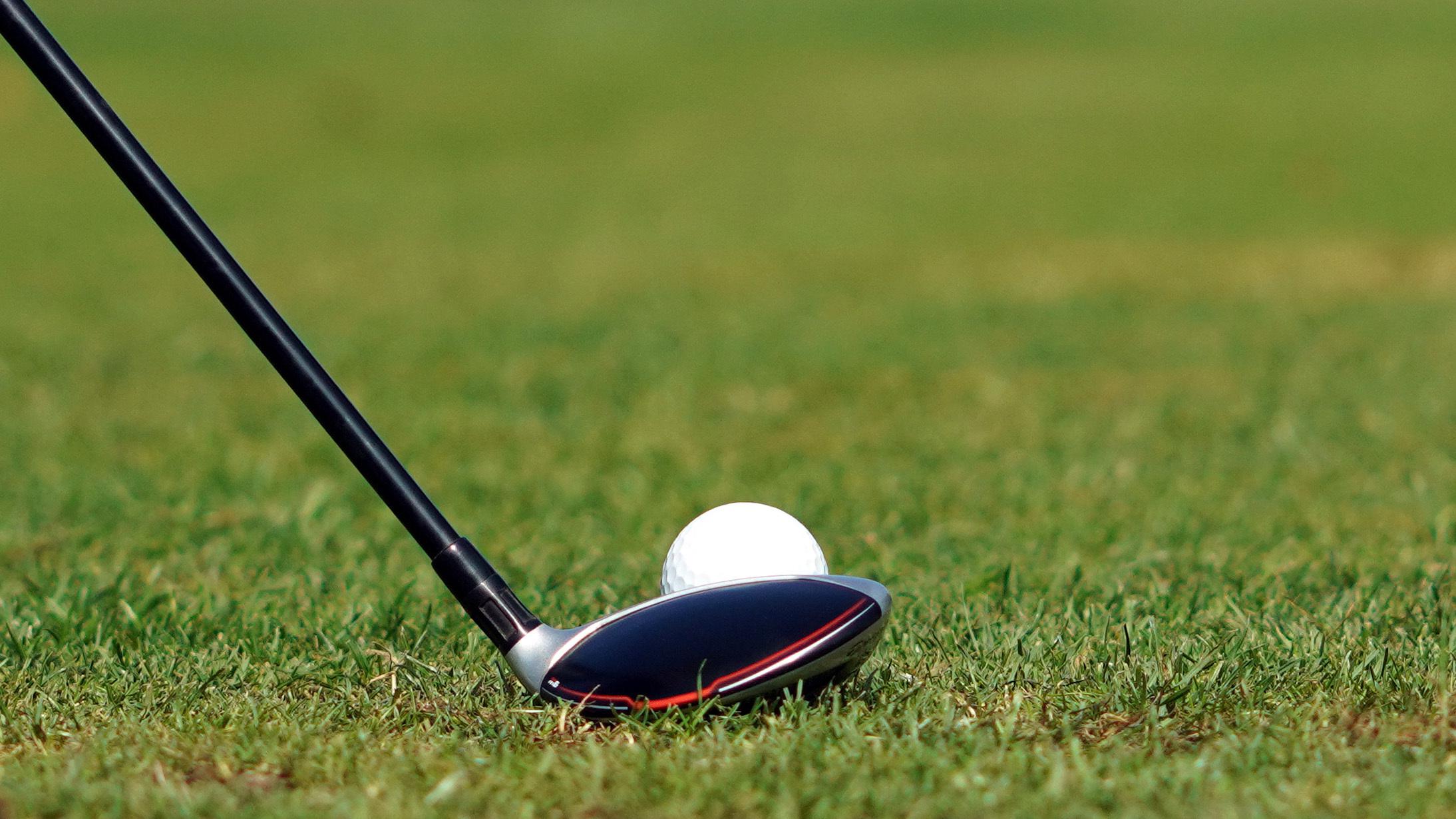Accurate approach shots in golf hinge on the successful execution of chipping. Mastering chipping fundamentals significantly enhances a golfer’s ability to execute shots with precision and control, leading to improved scores. This article delves into the core elements of golf chipping, providing a comprehensive guide for golfers seeking to elevate their approach shot proficiency. By understanding and applying these fundamental techniques, golfers can improve their ability to hit low, controlled chip shots that land softly on the green and roll towards the hole.
– The Art of Choosing the Right Club: Optimization for Accuracy
The Art of Choosing the Right Club: Optimization for Accuracy
The selection of the appropriate club for chipping shots holds paramount importance in golf. This meticulous process demands a comprehensive understanding of distance, trajectory, and ball-club interaction. Skilled golfers meticulously assess these factors to identify the club best suited for the task at hand.
Various types of clubs are specifically designed to facilitate chipping shots. Players may choose between pitching wedges, gap wedges, and sand wedges, each offering a unique loft and bounce angle. Pitching wedges provide a steeper trajectory with less roll, while gap wedges bridge the distance gap between pitching wedges and sand wedges. Sand wedges excel in bunker shots due to their minimal bounce and heavy sole.
Understanding the impact of variables such as lie, green firmness, and wind direction contributes to optimal club selection. For instance, a firmer green requires a club with less loft to ensure proper roll, while a softer green necessitates the use of a club with greater loft to achieve adequate height. Additionally, wind conditions can influence the trajectory, prompting the selection of a club with less or more loft as necessary.
– Mastering the Foundation: Stance and Ball Placement
Mastering the Foundation: Stance and Ball Placement
A solid foundation is paramount for a successful chip shot. Begin by adopting a balanced stance with your feet hip-width apart and knees slightly bent. For greater control, position the ball slightly back in your stance, approximately an inch from the toe of the club. This will promote a descending blow at impact and facilitate backspin for a lower, more precise trajectory.
To ensure consistency, focus on keeping your head still throughout the swing. Maintain eye contact with the ball during the backswing and follow through. Avoid looking up prematurely, as this can disrupt your balance and cause the club to lose contact with the ball before impact.
As you address the ball, observe the lie. If the ball is lying in a divot or thick grass, adjust your stance and club selection accordingly. A more lofted club may be necessary to clear the obstruction and achieve the desired distance. Additionally, consider the slope of the green. For uphill or downhill chips, modify your stance and aim to compensate for the uneven terrain.
– The Mechanics of a Precise Impact: Descending Blow
<p>To generate an accurate impact that sets the ball on the intended path, a descending blow is paramount. Unlike a simple wrist hinge, this advanced impact technique involves a meticulous coordination of the entire body. As the clubhead glides down, the player's entire body, including the arms, shoulders, and hips, collaborate to provide optimal force and control.</p>
<p>The descending blow technique ensures that the club strikes the ball first, forcefully propelling it along the ground. This action imparts necessary backspin on the ball, causing it to maintain a low trajectory close to the turf, creating the sought-after controlled running shot.</p>
<table class="wp-block-table">
<thead>
<tr>
<th>Improvement Steps</th>
<th>Expected Outcome</th>
</tr>
</thead>
<tbody>
<tr>
<td><li>Initiate the downswing with a slight inward hip turn.</li>
<li>Maintain a stable head position.</li>
<li>Create a smooth arc with the clubhead.</li></td>
<td><li>Enhanced control and distance.</li>
<li>Stable and consistent ball striking.</li>
<li>Increased accuracy and precision.</li></td>
</tr>
</tbody>
</table>
– Harnessing the Power of Backspin: Control and Precision
Harnessing the Power of Backspin: Control and Precision
Accurately chipping the ball to a precise spot requires the golfer to apply backspin. Backspin also helps keep the ball on the ground and prevent it from flying too high. To impart backspin, the club must strike the ball with a descending blow, striking the ball first and then the ground.
Creating Backspin with Technique
-
Position the ball back in stance: Moving the ball back in the stance encourages a steeper angle of attack, promoting a descending blow.
-
Descend into the ball: The club should enter the ball on a downward trajectory, making contact with the ball before the ground.
-
Strike firmly: A firm, controlled impact ensures the club’s leading edge cleanly cuts through the back of the ball, generating backspin.
Control and Accuracy
By successfully implementing these techniques, the golfer will generate backspin that:
-
Keeps the ball low: Backspin counteracts lift and keeps the ball on the ground, reducing both height and distance.
-
Provides control: The spin imparted by the descending blow allows for precise direction and landing point.
-
Enhances shot consistency: Backspin improves shot consistency by mitigating the effects of uneven lies or varying swing speeds.
Practice for Precision
Mastering backspin requires consistent practice. Golfers should focus on:
-
Feel: Developing a sense of the descending blow and correct angle of attack.
-
Impact: Practicing the proper strike to generate the desired amount of backspin.
-
Distance control: Adjusting the force of the swing to achieve the desired distance.
With dedication and practice, golfers can refine their chipping technique to effectively harness the power of backspin. This control and precision will translate into improved approach shots and lower scores.
– Course Management: Factors Influencing Chip Shot Execution
Course Management: Factors Influencing Chip Shot Execution
The execution of a chip shot is influenced not only by the golfer’s technique but also by the course management situation. Course conditions, layout, lie, slope, and green shape all play a role in determining the optimal shot selection and execution strategy.
Course Conditions
The state of the course affects the ball’s trajectory, roll, and spin. Wet conditions will shorten the roll, while dry conditions will increase it. Wind direction and speed will require adjustments to the shot’s flight and impact point.
| Course Condition | Impact on Chip Shot |
|---|---|
| Wet | Shortened roll |
| Dry | Increased roll |
| Windy | Adjust flight and impact point |
Layout and Obstacles
The course layout and presence of hazards can influence the distance, height, and trajectory of the chip shot. Bunkers, water hazards, and uneven terrain must be considered and accommodated in the shot selection.
Lie and Slope
The ball’s lie and the slope of the green affect the impact point, spin, and trajectory. A downslope will produce more roll, while an upslope will check the ball more quickly. A poor lie can make a clean strike more challenging, so adjustments must be made to compensate for lie and slope.
| Ball Lie | Impact on Chip Shot |
|---|---|
| Uphill lie | Ball checks more quickly |
| Downhill lie | Increased roll |
| Sidehill lie | Ball curves in the direction of the slope |
In this comprehensive exploration of golf chipping, we have elucidated the fundamental elements that underpin proficient approach shots. By mastering grip, stance, and swing mechanics, golfers can cultivate consistency and control, leading to enhanced shot quality.
Understanding the influence of lie and slope empowers players to adjust their technique accordingly, maximizing effectiveness regardless of course conditions. Additionally, developing a range of chip shots allows golfers to adapt to varying situational demands, ensuring optimal performance in all scenarios.
Through dedicated practice and study of these core elements, golfers can refine their chipping skills, transforming their approach game and unlocking a higher level of performance on the greens.





